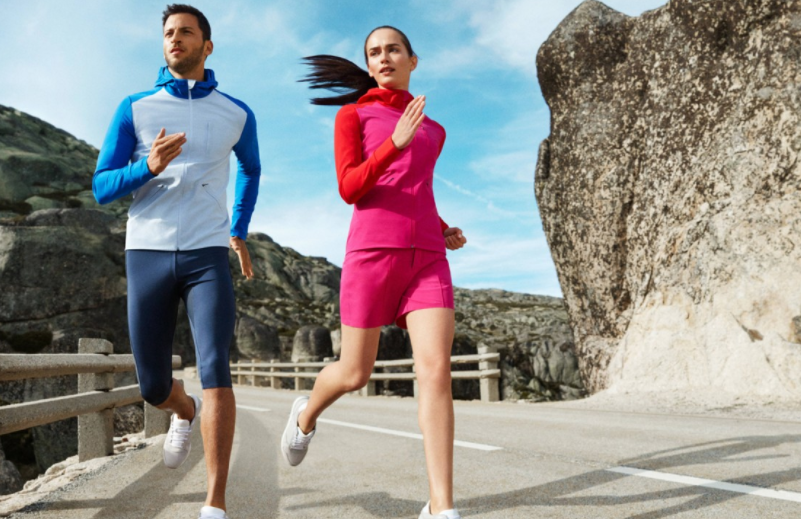Capturing sportswear in photos requires a blend of creativity and technique. It's not just about making the apparel look good—it's about showcasing its functionality, movement, and the lifestyle it represents. In this guide, we will cover the top 10 tips for sportswear photography that will help you bring out the best in your products, whether you're a seasoned pro or just getting started.
1. Capture Movement in Your Shots
One of the most important elements in sportswear photography is motion. This shows how the clothes perform in real-life situations, adding a dynamic feel to your images. Shooting with models performing activities, like running or lifting weights, gives your audience a better sense of fit and functionality.
Use Fast Shutter Speeds
- To capture crisp action shots, use a fast shutter speed—typically 1/1000s or faster.
- This freezes movement without blurring the subject, making your sportswear look sharp.
Use Models to Show Fit
- Sportswear should be seen on real people. Use models who represent your target demographic.
- Highlight specific features like stretchability, breathability, and comfort during the movement.
2. Choose the Right Background

The background plays a huge role in highlighting your sportswear. For action shots, opt for environments like gyms, tracks, or parks that reflect the activity related to the clothing. A clean, neutral background works well for eCommerce shots, keeping the focus solely on the product.
How It Works:
- Upload product image
- Generate background
- AI blends automatically
Why Assembo.ai?
- Time and cost-efficient
- Consistent quality
- Easy updates for different trends
- Diverse scene options
Action vs. Studio Background
- Action shots are ideal for social media, where customers expect to see the gear in action.
- Studio shots are more polished and are usually used for websites, giving a clearer view of the design.
Lighting Considerations
- Natural light can work wonders outdoors, while studio lighting is better controlled for indoor shoots.
- For sportswear, always aim for lighting that enhances the texture and details of the fabric.
Consider Your Audience
- Are you targeting professional athletes or casual gym-goers?
- Tailor the background accordingly to speak directly to your audience's lifestyle.
3. Focus on Details: Fabrics and Textures

Showcasing the texture and quality of the fabric is vital in sportswear photography. Consumers are interested in how the material feels and performs. Close-up shots highlighting key fabric technologies (such as moisture-wicking or breathable mesh) help make your photos stand out.
Macro Shots of Fabrics
- Use macro lenses to capture textures like mesh, zippers, and seams in high detail.
- These close-ups add depth and emphasize the quality of your apparel.
Show Functionality in Detail
- Highlight specific features like pockets, zippers, and reflective strips.
- Detail shots help build trust, especially when customers are buying online and can't feel the fabric.
4. Use Natural Models to Highlight Comfort

Authenticity sells. Using everyday models instead of perfect fitness influencers can make your brand more relatable. Customers want to see how sportswear fits real people, not just athletes. Choose models that reflect your target audience’s size, age, and fitness level to build connection and trust.
Diversity in Models
- Include a range of body types, ethnicities, and ages in your photoshoots.
- Customers should see themselves reflected in your images.
Comfort and Fit
- Highlight how the sportswear moves with the body—this helps show flexibility and comfort.
- Focus on specific areas like the waistband or cuffs to show how the clothing adjusts to movement.
5. Use Props to Tell a Story
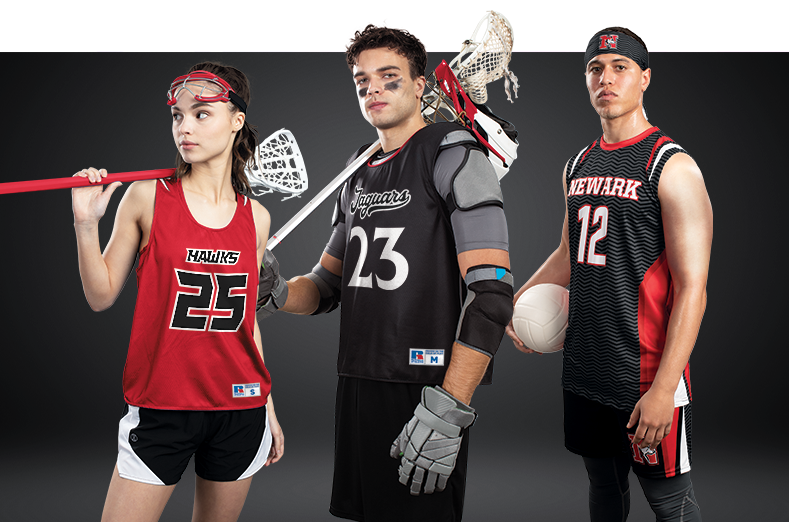
Props can enhance your sportswear photos by adding context. Whether it's weights, yoga mats, or bikes, the right props can give customers a sense of how the sportswear will perform during exercise. Props can help convey the lifestyle your brand promotes.
Props for Functionality
- Use props related to fitness, like dumbbells, jump ropes, or water bottles.
- Ensure props don’t overshadow the product; they should complement the sportswear.
Sports Equipment for Realism
- For outdoor gear, use items like bicycles, skateboards, or surfboards to highlight functionality.
- For gym wear, kettlebells, ropes, or yoga mats work well.
6. Play with Color and Contrast
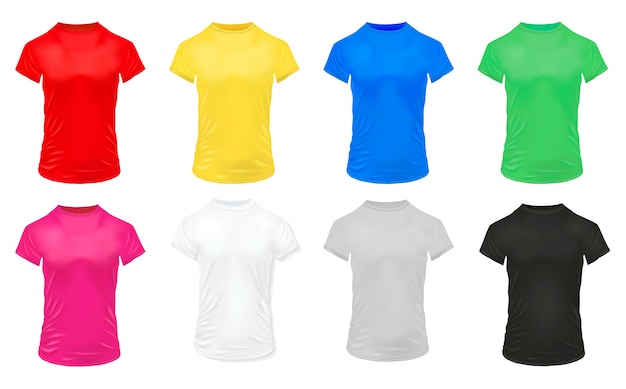
Sportswear is often bold and colorful. Make sure the colors pop by using contrasting backgrounds and lighting that enhances the hues. Color plays a key role in evoking emotion and drawing attention to your products.
Backgrounds and Lighting
- Use solid, contrasting backgrounds to make your products stand out.
- Experiment with lighting techniques like soft backlighting or harsh spotlights to create contrast.
Color Psychology
- Use colors that reflect energy, motivation, and strength—perfect for sportswear.
- Reds, oranges, and yellows convey action, while blues and greens are more calming for yoga wear.
7. Emphasize Branding in Your Shots
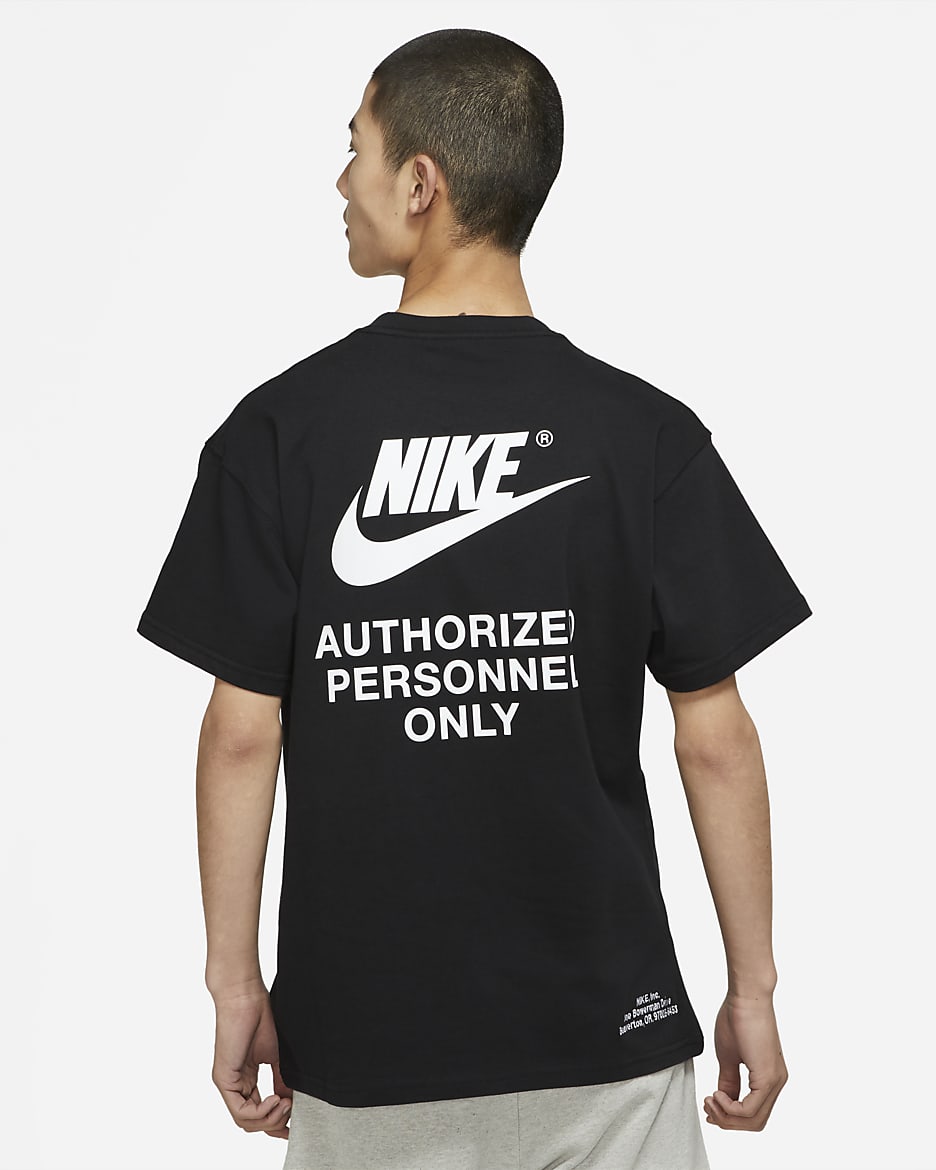
Sportswear branding is often an important selling point, especially with well-known logos. Make sure the logo is visible but not overpowering. Highlighting your logo in a subtle way can create brand recognition.
Logos in Focus
- Ensure logos are clearly visible in your product shots.
- Don’t zoom in too close, or you’ll lose the overall aesthetic of the outfit.
Placement of Branding
- Logos should be clear but not distracting from the overall design.
- Balance logo visibility with a flattering shot of the entire product.
8. Use Dynamic Poses for Action Shots
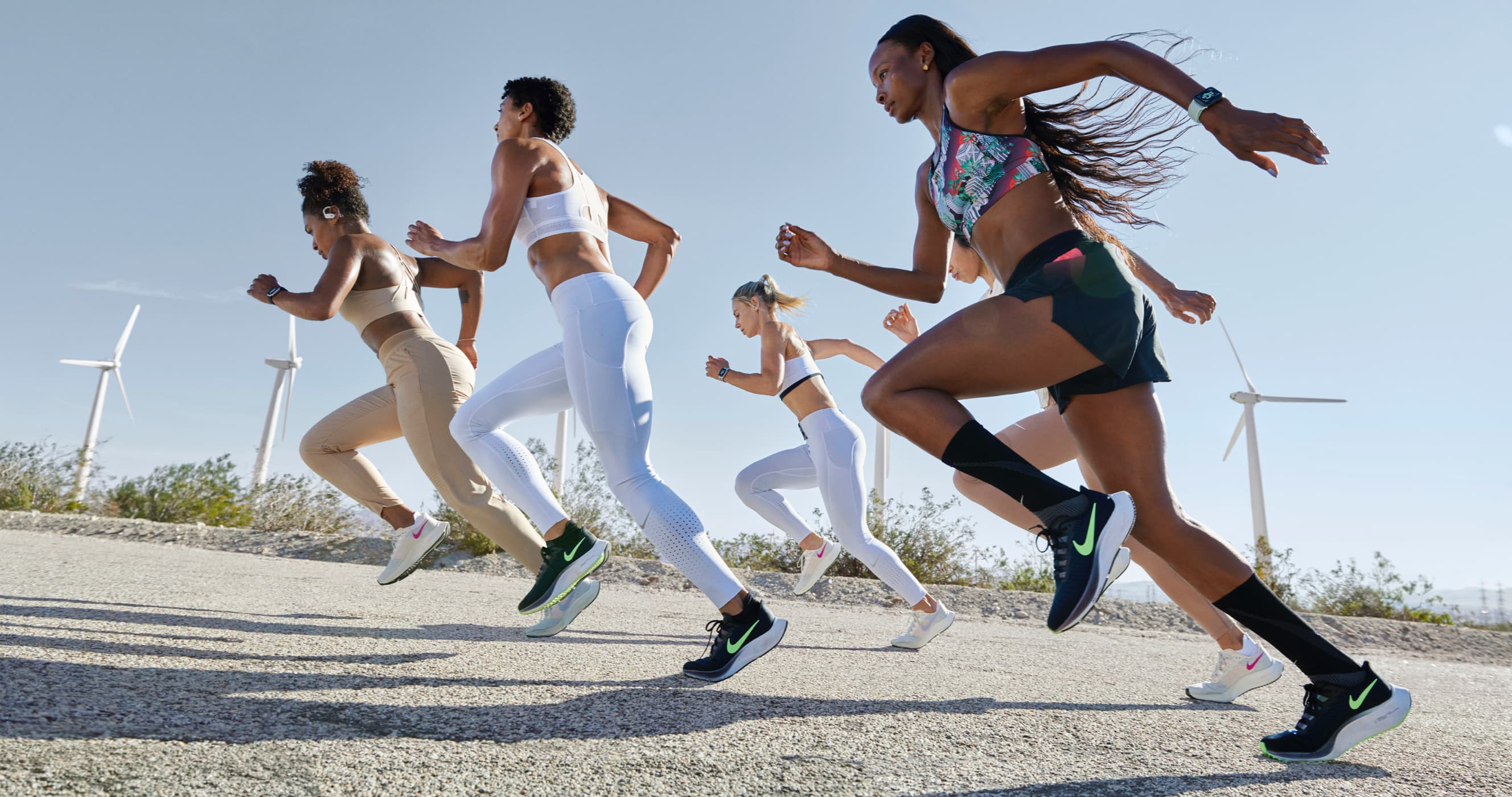
Instead of static poses, use active, dynamic poses to show how the sportswear moves. Dynamic poses allow the viewer to visualize the performance of the gear.
Natural Movement
- Ask models to perform simple actions like lunges, jumps, or sprints.
- Capture the moment just before or after the action for an authentic feel.
9. Experiment with Angles
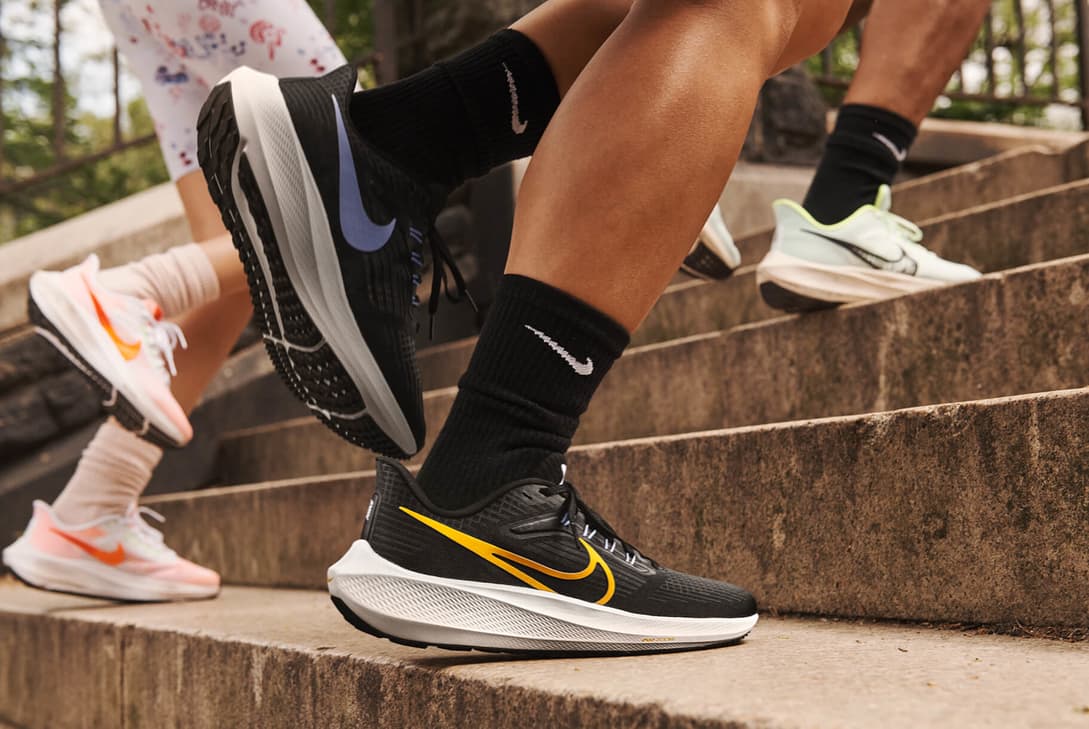
Playing with different angles can give a fresh perspective on your product. Low and high-angle shots can add depth and dimension to your sportswear images.
High vs. Low Angles
- High-angle shots create an illusion of power and confidence.
- Low-angle shots can emphasize the strength and agility of the model.
10. Optimize for Different Platforms
Tailor your images to fit the platform where they'll appear. Photos for social media require a different approach than images for eCommerce.
eCommerce Optimization
- Ensure a clean, product-focused image with white backgrounds for websites.
- For social media, experiment with lifestyle photos and bold backgrounds to grab attention.
Final Thoughts
Effective sportswear photography is about more than just good lighting—it's about showcasing the performance, comfort, and lifestyle your apparel represents. With these tips, you can take professional-looking photos that captivate your audience. Don’t forget to use AI tools like Assembo.ai for creating custom sportswear photos with ease!

